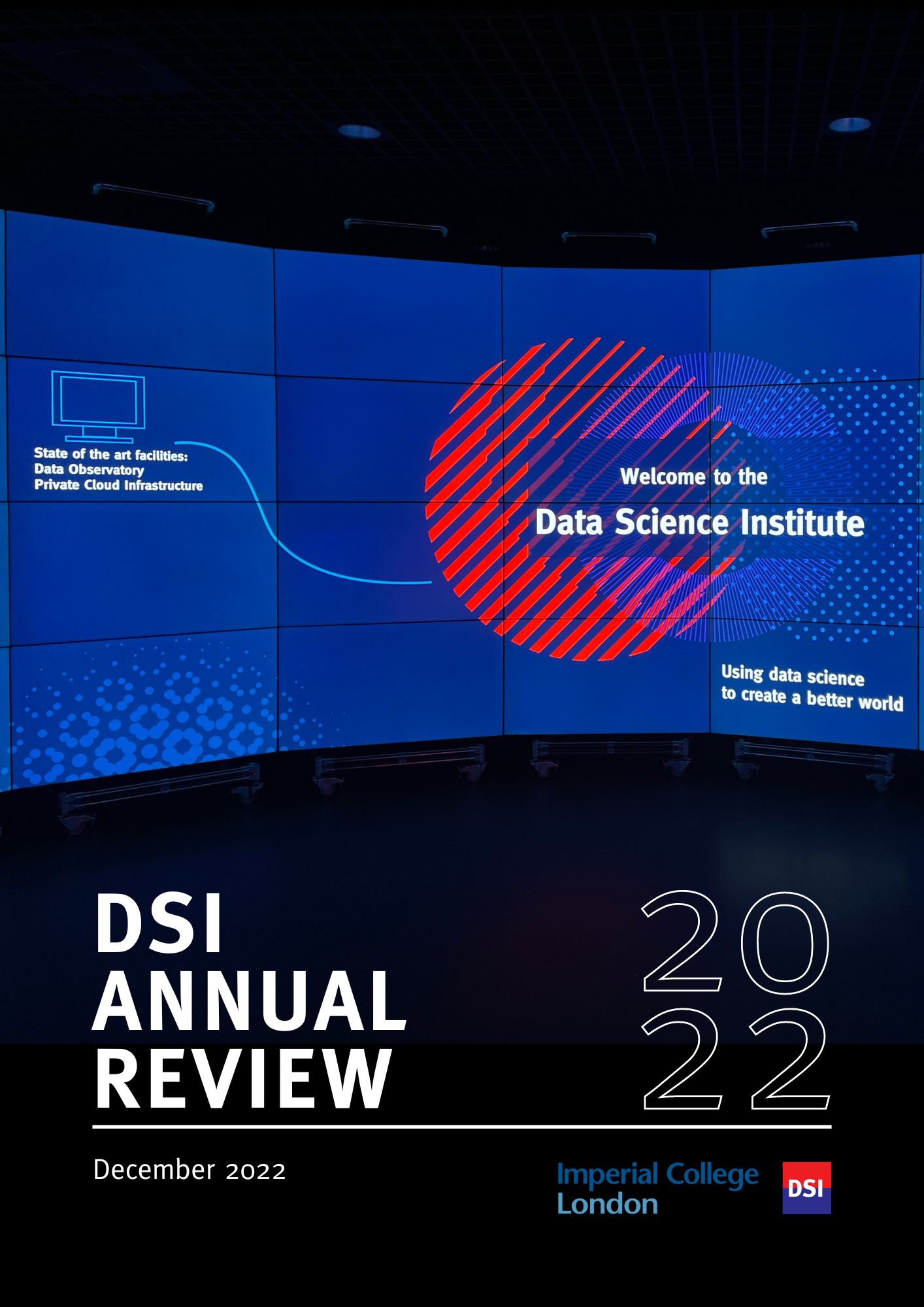BibTex format
@article{Steele:2017:10.1098/rsif.2016.0690,
author = {Steele, JE and Sundsoy, PR and Pezzulo, C and Alegana, VA and Bird, TJ and Blumenstock, J and Bjelland, J and Engo-Monsen, K and de, Montjoye YKJV and Iqbal, AM and Hadiuzzaman, KN and Lu, X and Wetter, E and Tatem, AJ and Bengtsson, L},
doi = {10.1098/rsif.2016.0690},
journal = {Journal of the Royal Society Interface},
title = {Mapping poverty using mobile phone and satellite data},
url = {http://dx.doi.org/10.1098/rsif.2016.0690},
volume = {14},
year = {2017}
}
RIS format (EndNote, RefMan)
TY - JOUR
AB - Poverty is one of the most important determinants of adverse health outcomesglobally, a major cause of societal instability and one of the largest causes of losthuman potential. Traditional approaches to measuring and targeting povertyrely heavily on census data, which in most low- and middle-income countries(LMICs) are unavailable or out-of-date.Alternate measures are needed to comp-lement and update estimates between censuses. This study demonstrates howpublic and private data sources that are commonly available for LMICs can beused to provide novel insight into the spatial distribution of poverty. We evalu-ate the relative value of modelling three traditional poverty measures usingaggregate data from mobile operators and widely available geospatial data.Taken together, models combining these data sources providethebest predictivepower (highestr2¼0.78) and lowest error, but generally models employingmobile data only yield comparable results, offering the potential to measurepoverty more frequently and at finer granularity. Stratifying models intourban and rural areas highlights the advantage of using mobile data in urbanareas and different data in different contexts. The findings indicate the possibilityto estimate and continually monitor poverty rates at high spatial resolution incountries with limited capacity to support traditional methods of datacollection.
AU - Steele,JE
AU - Sundsoy,PR
AU - Pezzulo,C
AU - Alegana,VA
AU - Bird,TJ
AU - Blumenstock,J
AU - Bjelland,J
AU - Engo-Monsen,K
AU - de,Montjoye YKJV
AU - Iqbal,AM
AU - Hadiuzzaman,KN
AU - Lu,X
AU - Wetter,E
AU - Tatem,AJ
AU - Bengtsson,L
DO - 10.1098/rsif.2016.0690
PY - 2017///
SN - 1742-5689
TI - Mapping poverty using mobile phone and satellite data
T2 - Journal of the Royal Society Interface
UR - http://dx.doi.org/10.1098/rsif.2016.0690
UR - http://hdl.handle.net/10044/1/48261
VL - 14
ER -

